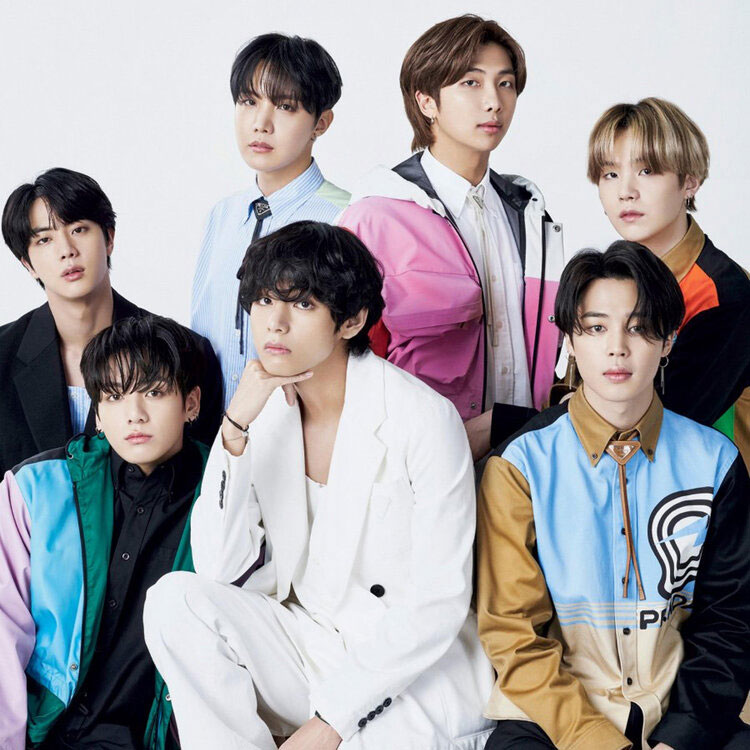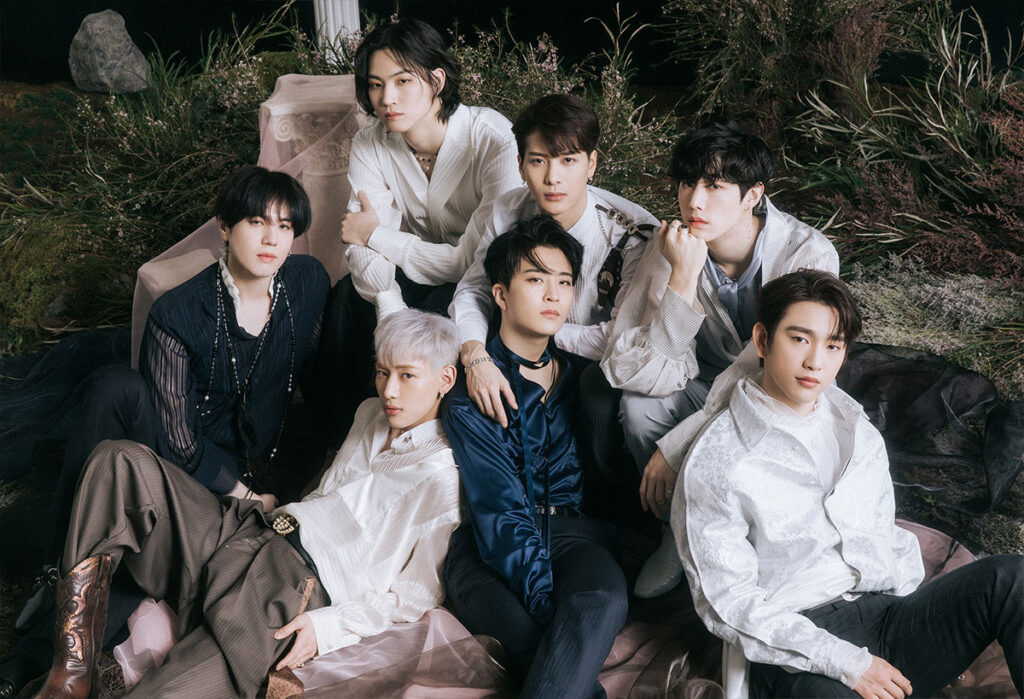A look at the K-pop industry and its global influence and how this 5 billion dollar industry has boosted Korea’s economy and global image, making it a valid candidate for a mega power in global politics and how our ‘Make in India’ can learn from their
‘Make in Korea’
By Barish Raman
K-pop or Korean pop has shaken the entire world with their striking visuals and ear-blessing vocals but there is so much more to the billion dollar industry. K-pop has been successful in popularizing a country to the entire world and garnering an immense amount of soft power for South Korea. Known as Hallyu or Korean wave that has popularised South Korean pop culture has grown in prominence to become a major driver of global culture, seen in everything from Korean dramas on Netflix to Korean skincare regimens dominating the cosmetics industry to Kpop bands constantly holding a significant spot in all music charts.
Korean economy has grown richer over the last two decades and the export of K-pop has propelled South Korea’s music to an estimated $5 billion industry, according to a report published in the Korea Creative Content Agency in 2017. This Hallyu Wave has been extremely profitable for South Korea, by not only bringing in revenue but also helping South Korea put a mark in the global scene.
This extreme success of Hallyu has rightfully presented itself as a threat to North Korea, not only by rising with soft power converted into hard power through money but also proving itself to be, well, the better Korea in the eyes of the world. Hallyu has been called a ‘cultural weapon’ in North Korea, where it is referred to as nampung (‘Southern wind’).
How did it all start?
So, what is K-pop and how did it all start? To answer that one needs to retreat back to 1992, South Korea. In the midst of the TV and radio being dominated by ballads, patriotic songs wrapped in 80’s melody and trot, a new rookie group rose up who went against the norms of then. Seo Taiji and Boys was a cultural reset.
They debuted in 1992 with the song “I Know,” which incorporated Western sounds like hip-hop and R&B. Although the song was a far cry from traditional South Korean music, Seo Taiji and Boys became wildly popular and changed the country’s music scene forever.
They rapped, wore baggy pants and danced, none of which were appreciated by Korean society. With South Korea’s precarious political history unfolding with Japanese colonization, followed by multiple wars and the split between the two Koreas, the general inclination was towards patriotism, not to mention, the strict control and regulations on media under the dictatorship of Park Chung Hee.
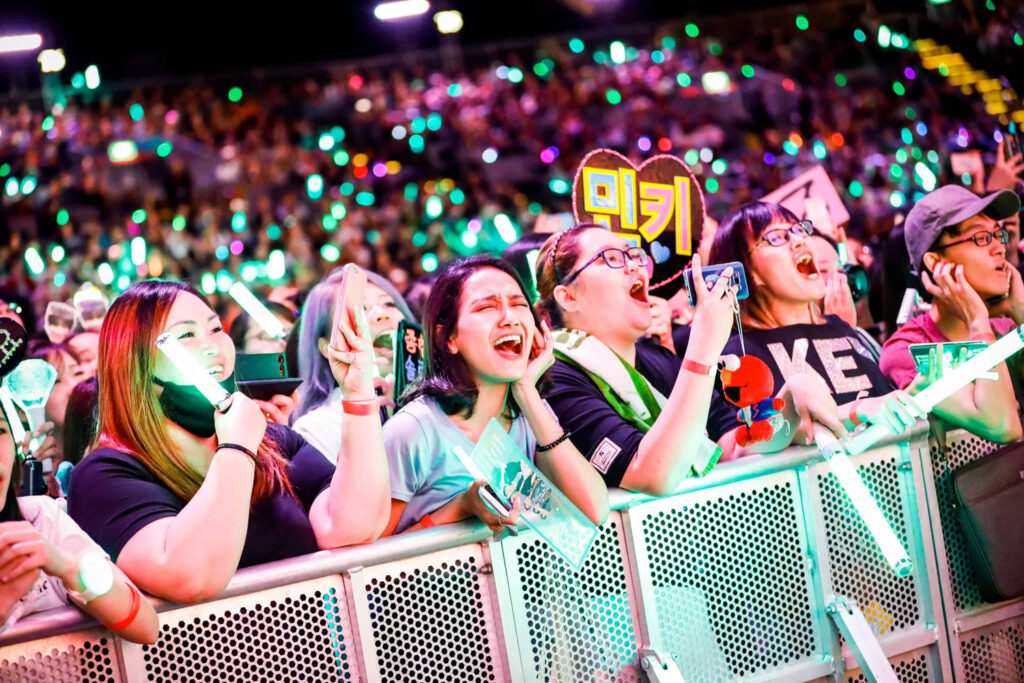
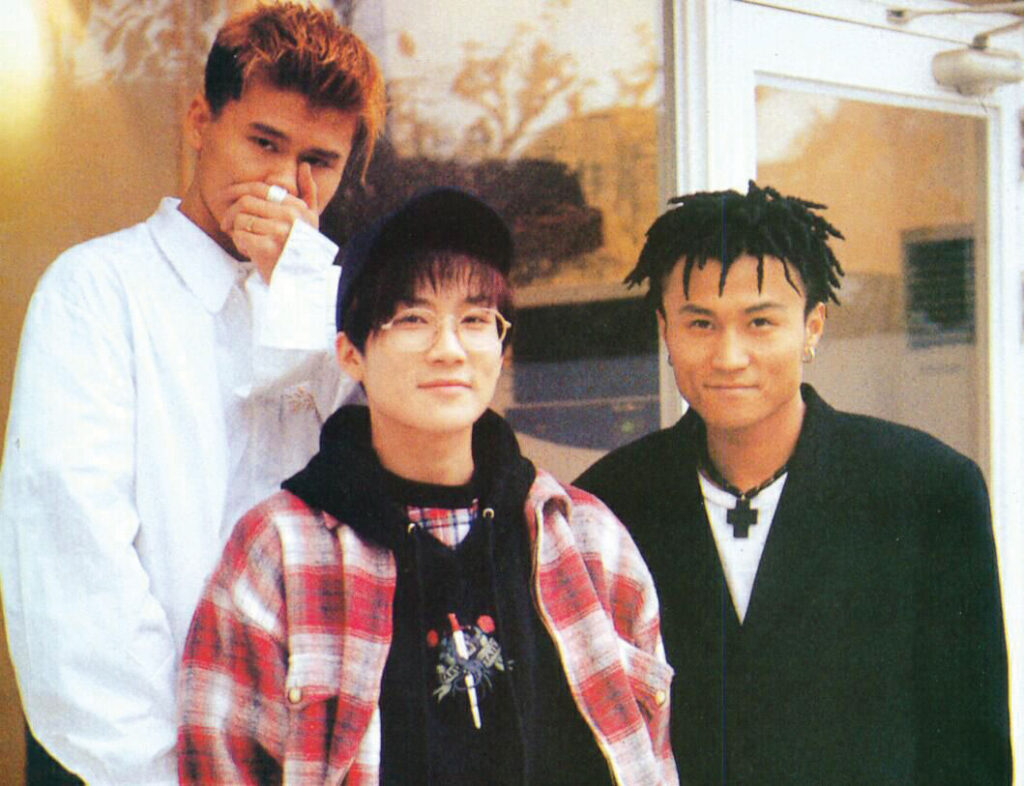
Seo Taiji’s music and rebellious lyrics resonated within the youth, a demographic that had not been targeted before. Their lyrical themes spanned from teenage runaways to rebelling against elders and social norms. They gained a behemoth following, which now would seem like a foreshadowing glimpse at the mammoth fan following in the K-pop scene.
“My rage toward this society Is getting greater and greater Finally, it turned into disgust Truths disappear at the tip of the tongue” (Come Back Home) Seotaiji and Boys
Their colossal success unlocked the potential of the korean music industry. With their first single “Nan Arayo” charting at the top for 17 weeks. However, they disbanded at the top of their career in 1996, leaving a legacy of fans wreaking havoc due to devastation, but more importantly founding ‘K-pop Culture’.
Then comes Lee Soo Man, a Korean entertainer turned businessman who recognized music as a big export. He stressed on exporting culture to the world and marketing music as a cultural commodity. He emphasised on ‘Made in Korea’ and catalysed the advent of the next new thing, ‘H.O.T’. H.O.T, the next big boyband after SeoTaiji and Boys, shook Korea.
South Korean pop culture has grown in prominence to become a major driver of global culture
That became the radix of ‘Idol Culture’ with them wearing ski gloves in their performances started a hot fad and the next thing you know, everyone is wearing ski gloves on the street. Not to mention, their song ‘Candy’ was one everyone’s tongues and their choreography in everyone’s feet.
Melodious, catchy music. ‘Cool’ choreography. Striking visuals and attire. Lee Soo Man had cracked the code. He founded the company, S.M Entertainment, one of the biggest entertainment agencies of South Korea. Their net income in 2018 was US$ 44 million and the revenue brought in from S.M was US$ 683.98 million (2019). Naturally, as S.M Entertainment houses most of the hottest talents of the industry. Including acts like EXO, Red Velvet, NCT and Girls Generation.
In 1997, when Asia was hit with the economic catastrophe of Asian Financial Crisis, South Korea turned to culture as the next big export. The government was so loyal to this idea that they even passed a law in 1999, that makes sure that at least 1% of the entire state budget is devoted to enhancing the arts and culture. This is what marks the start of the image of K-pop that we see today.
A government funded cultural export, intricately planned to steal the show worldwide and companies like JYP Entertainment and YG Entertainment did not pass down on the opportunity. Later, SM, JYP and YG rose as the ‘Big Three’, being the most major and influential entertainment companies in the Korean entertainment industry.
However, YG Entertainment, created by the former Seo Taiji and Boys member, faced a lot of controversies and corruption scandals, giving an opportunity to Big Hit Entertainment, the creators of mega boyband BTS, to take over.

How K-pop has uplifted the Korean Economy
Korean economy has grown richer over the last two decades and the export of K-pop has propelled South Korea’s music to an estimated $5 billion industry. With BTS making up 0.4% of their entire GDP alone.
The K-pop industry has contributed colossally to the Korean economy. The Korean entertainment sector provides employment to more than 80,000 people. In addition, The Hyundai Research Institute has assessed the economic effects of hallyu, stating that an improved national image thanks to hallyu leads to increasing exports, and therefore to the growth of the manufacturing industry.
Despite being one of the poorest countries in Asia, in the mid 20th century, Korea is now one of the richest countries in the world with a GDP of $1.62 trillion USD. The Hallyu wave has even increased tourism for Korea. According to the Hyundai Research Institute, 796,000 foreigners visit South Korea annually because of BTS alone, promoting the local tourism industry.
Then comes Lee Soo Man, a Korean entertainer turned businessman who recognized music as a big export
Now including all other groups with major following, that number has reached in millions. Not to mention, EXO, one of the most successful boy bands in history are the Tourism Ambassadors for South Korea. Another unique achievement of K-pop is reviving the concept of physical sales and music stores in Asia.
Walking around the streets of Japan, you might notice a lot of music stores, something pretty odd for an outsider. They have more than 6000 music stores as compared to 3700 of that of the United States. With music streaming services and the familiarity of digitality, the concept of buying physical albums has pretty much become obsolete.
For example, in 2015, 66% music sales in the USA were digital, however, that number is reversed in countries like South Korea and Japan. In Japan, 75% were physical. In 2017, the combined sales of the top 400 music records in the physical album formats came to 16.93 million copies, up 56.6 percent from the previous year, according to the Korea Music Content Association. The reason for resuscitation of the physical music market is none other than K-pop.

K-pop has rebranded the concept of albums and even offset losses of piracy with gloss, aesthetic, premium collectible CDs. Fans sell these out in mere minutes after their release. They have rebranded these albums and transformed them into merchandise rather than just plain CDs.
K-pop has re-branded the concept of albums and even offset losses of piracy with gloss, aesthetic, premium collectible CDs. Fans sell these out in mere minutes after their release
Albums have photo books, posters and photo cards, which are photos of members of the group. Since K-pop is reliant on aesthetics and concept, they have a photo book compiled of photos taken in their outfits from the music video and era that match the concept. These albums are always uniquely designed and packaged according to the group’s theme and concept.
Making of a K-pop Group
A making of a K-pop group is more daedalian than it seems. They are first scouted by agencies or taken in through auditions, sometimes they are just scouted from the street due to their striking visuals which is a major requirement for these agencies.
They are then put in the training system where they train to work on their vocals and breath control to be able to dance intensively while maintaining their vocals. Along with training their mannerism to appeal to the korean and international fanbase.
Trainees can spend years and years in the system, with some idols having trained for more than a decade just training before debuting. Not only are their schedules jam packed due to training but they also have to balance school and language classes to become the global idol they are training to be. When the company comes up with a concept for a new group, they choose members strategically.
According to the Hyundai Research Institute, 796,000 foreigners visit South Korea annually because of BTS alone, promoting the local tourism industry
A balance of vocals, dancers and rappers. They are also chosen on the basis of their personalities as well, keeping in mind to have a distinct yet cohesive range of personalities. Unlike normal pop bands that we have seen throughout media, K-pop bands are extremely organised with every member having a position that they must take care of.
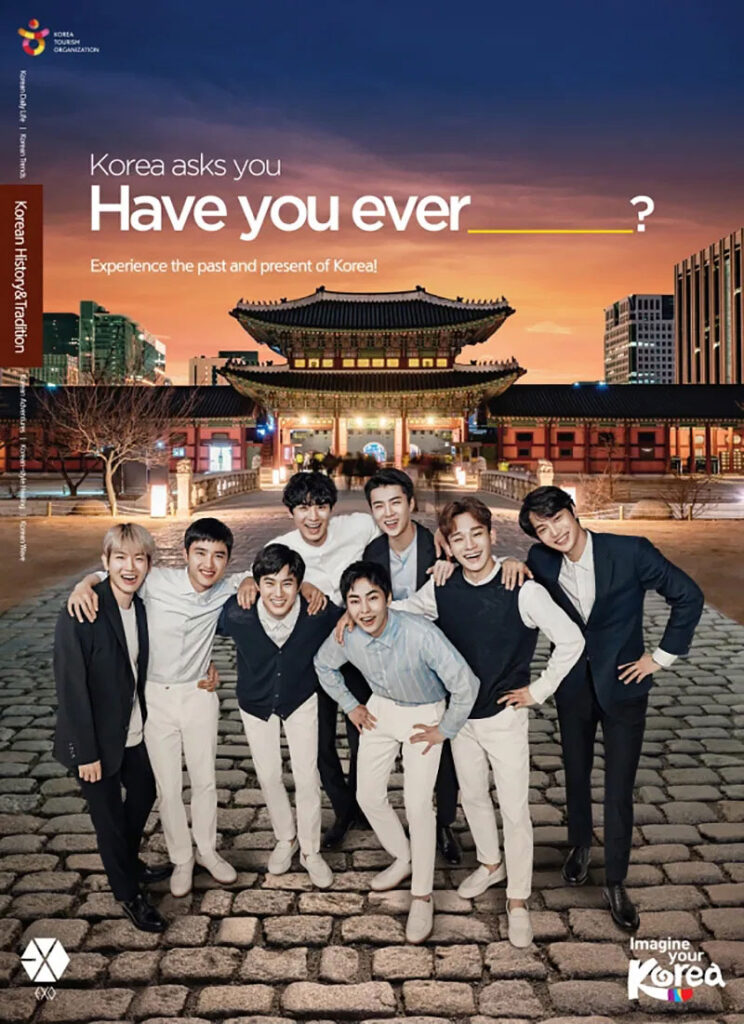
A leader, who takes care of the team and acts as the spokesperson. A lead vocalist, dancer, rapper. Another unique addition to this is that of a Maknae, an affectionate label given to the youngest member of the group.
Most music in K-pop, along with its lyrics and choreography are taken care of by the agency and whatever they deem appropriate for the group’s concept. The artists are more like the executioner of it. Due to these facts, K-pop has often, controversially been called “manufactured”.
However, with every K-pop group, there is more to that than it seems. Rookie groups might not always have the privilege but many members sometimes do contribute to the production. And, even if it is not as organic as it may seem, they are extremely candid about it.
The fans do not ever feel lied to nor does it change the amount of appreciation they have for them, because at the end of the day, they are the final executioners and for fans, no one can do it like their faves, all thanks to the sheer talent of these idols.
Why do people like K-pop
The K-pop industry has one the biggest and uniquely loyal and immersed fanbase. With fans ready to always fight for their faves and always support them in everything, they have created an affectionate loving relation with their idols. So, why do people like K-pop? The answer is simple. The music is undeniably good and attractive and don’t be mistaken by the cameo of the term ‘pop’, K-pop or Korean music in general caters to fans of every genre.
Pop, Rock, Hip-Hop, Soul, R&B and many more. With many K-pop groups even experimenting with new genres in every new release. Pop music is known for its catchy tunes and hooks, K-pop is no different, making use of melodies that are instantly stuck in your head.
People always say that love makes a person better, and that is no different for K-pop. The positive impact that has been brought upon with K-pop is astronomical
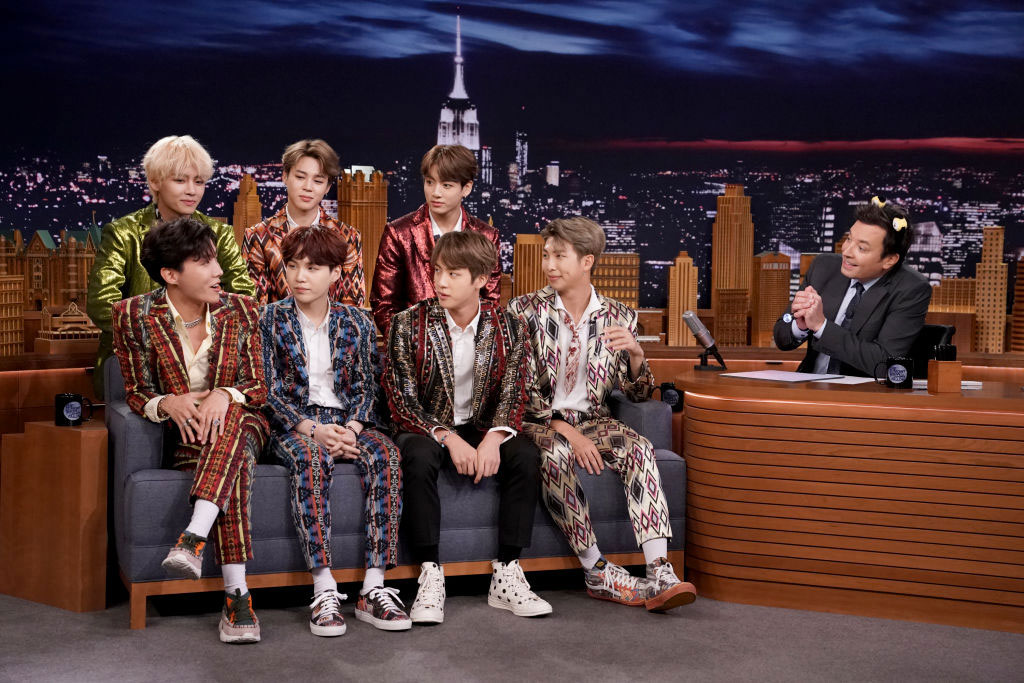
Boy and girl groups alike have appealing song writing down to a science, which makes their music appealing to fans no matter what language they speak. Along with high production music videos that are not only aesthetic but showcase high concepts and storytelling that attracts fans right away.
Another reason is their visuals, it can’t be denied that everyone instantly gets attracted to a beautiful or handsome face. In addition, K-pop has made itself extremely inclusive internationally, for global appeal as it was intended, through two ways.
All K-pop songs have catchy hooks and those hooks are always mostly in english, the song names are in english and the group names are mostly in english and concise to make it easy to remember; BTS, EXO, GOT7, SF9,NCT, Red Velvet, Blackpink.
The other way is specifically to approach the non-Korean Asian market by including international members who are either Chinese or Japanese or Thai. K-pop groups even release music in Chinese and Japanese to conquer the market there.
Although, bottomline is that people are able to be happy and find a safe haven in K-pop by escaping their own harsh realities with an enjoyable distraction. This healing nature of the relationship of K-pop idols and fans is what makes it so close to their hearts, even for idols, who adore their fans and are always grateful.
However these flower like fans can show their fans really quickly. With many of them called obsessive or over sensitive as they go to lengths to protect their faves from even jokes or criticism. Not to mention, how a few fans even turn to stalking them and going to lengths of privacy invasion to even get a glimpse of these idols.
Often dubbed as a Sasaeng fan who is an obsessive fan who stalks, or engages in other behaviour constituting an invasion of the privacy of a Korean idol or other public figure, to the point where they might even harm them or commit crimes.
Why are some fans so obsessed or sensitive? Many have conjectured that some fans may act like this as they grow extremely attached to these idols as they use them as escape from their own harsh realities or even mental health issues. Although, this is just a general conjecture and for a specific type of fans as we cannot generalise them all.
How the Korean Wave is challenging America’s pop culture
USA and American pop culture have always reigned as the global face of what defines mainstream pop culture and media, whether that is movies, music or celebrities. However, with the rising popularity of K-pop and K-dramas and now even movies with the global recognition of Bong Joonho’s Parasite, that might not be the case anymore.
South Korea is the next big candidate in the race of having the largest soft power after the United States. K-pop has even broken into western media with BTS appearing on Jimmy Fallon, Ellen and performing and selling out the Wembley stadium. Blackpink has also gained a humongous following internationally. Popular groups like NCT, Got7, EXO and MonstaX have broken into the mainstream.
This K-pop wave has also redefined the image of Asia in western society. Combatting racism and toppling Asian stereotypes, K-pop has contributed more than we might think. With mainstream pop culture’s stereotypical, limited and mocking representation of Asia. K-pop and Korean media challenges this with its actuality. The rise of Hallyu and its enormity have made it hard to ignore for western media and set a new image for Asia.
K-pop and its Cultural Impact
People always say that love makes a person better, and that is no different for K-pop. The positive impact that has been brought upon with K-pop is astronomical. Stories of fans spending thousands on K-pop merchandise, concert tickets and fanmeets are familiar to many. K-pop idols have a humongous influence, to the point where the chapstick they end up using in livestreams sells out in mere minutes and they have learnt to use this influence for a greater good.
Fans often donate in the name of their favourite groups and ‘Fan Rice’ culture is very popular in Korea, where they donate huge amounts of rice to charities to celebrate their idols. In 2012 marked the 20th debut anniversary of Seo Taiji and Boys. That year, the group’s fan club, Taiji Mania, raised nearly 39 million won ($35,000) for a donation to the World Land Trust in honor of the anniversary.
The money went toward the creation of “Seo Taiji Forest,” a five-hectare section in Brazil’s Guapi Assu rainforest, this has become a legendary story in the K-pop fandom. Listing these instances of generosity of the fandom might take an entire day, however in recent times, mega boyband BTS fans, who are called ARMY, raised just over $1 million from nearly 35,000 donors for the Black Lives Matter movement, in response to BTS had jointly donated $1 million to the ongoing anti-racism movement in the U.S. and beyond triggered by the recent outcry at George Floyd’s death. Indian BTS fans even raised more than ₹5 lakhs for Assam flood relief.
K-pop and its popularity worldwide presents itself as an example of a successful government initiative for the betterment of their country. Coincidentally enough, this concept was also presented as ‘Make in Korea’, however, their success became ten fold more than that of ours.

